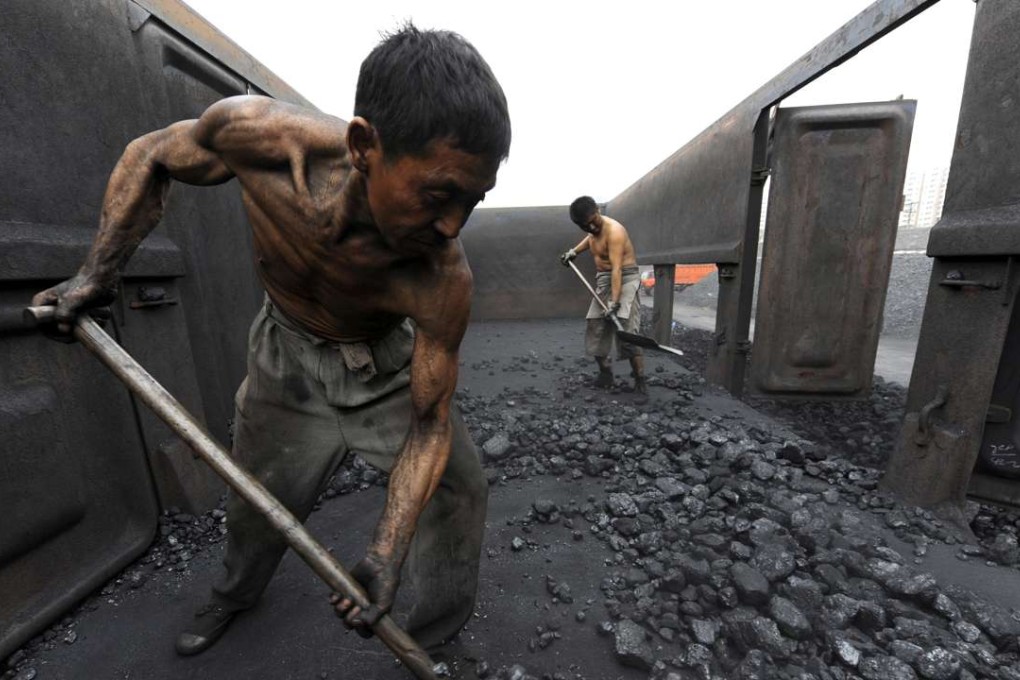The real reason for China’s U-turn on climate change
Environmental diplomacy may be Beijing’s best option to soothe relations amid tensions over territory

In 2013, when Beijing environmentalist Li Shuo suggested Chinese policymakers take the lead on climate change, the reactions were less than enthusiastic.
“Chinese officials rejected the idea immediately,” Li recalled. “They were worried that developed countries would take advantage of their move and force China to cut greenhouse gas emissions.”

Now the landscape is markedly different. At the World Economic Forum’s annual meeting last month in Davos, Switzerland, China’s President Xi Jinping (習近平) urged the United States to stay in the “hard won” Paris climate deal.
At the same time, China Daily quoted Xie Zhenhua ( 解振華 ), China’s special envoy to the United Nations Climate Change Conference, as saying that “China is capable of taking a leadership role in combating global climate change.”
“This is the first time that a high-profile Chinese official has made such a remark publicly,” said Li, a climate campaigner with Greenpeace East Asia.
“Given that Chinese officials will be held accountable for what they have said, Xie’s words are a clear indication that China is poised to step up and become a new global leader on climate change.”